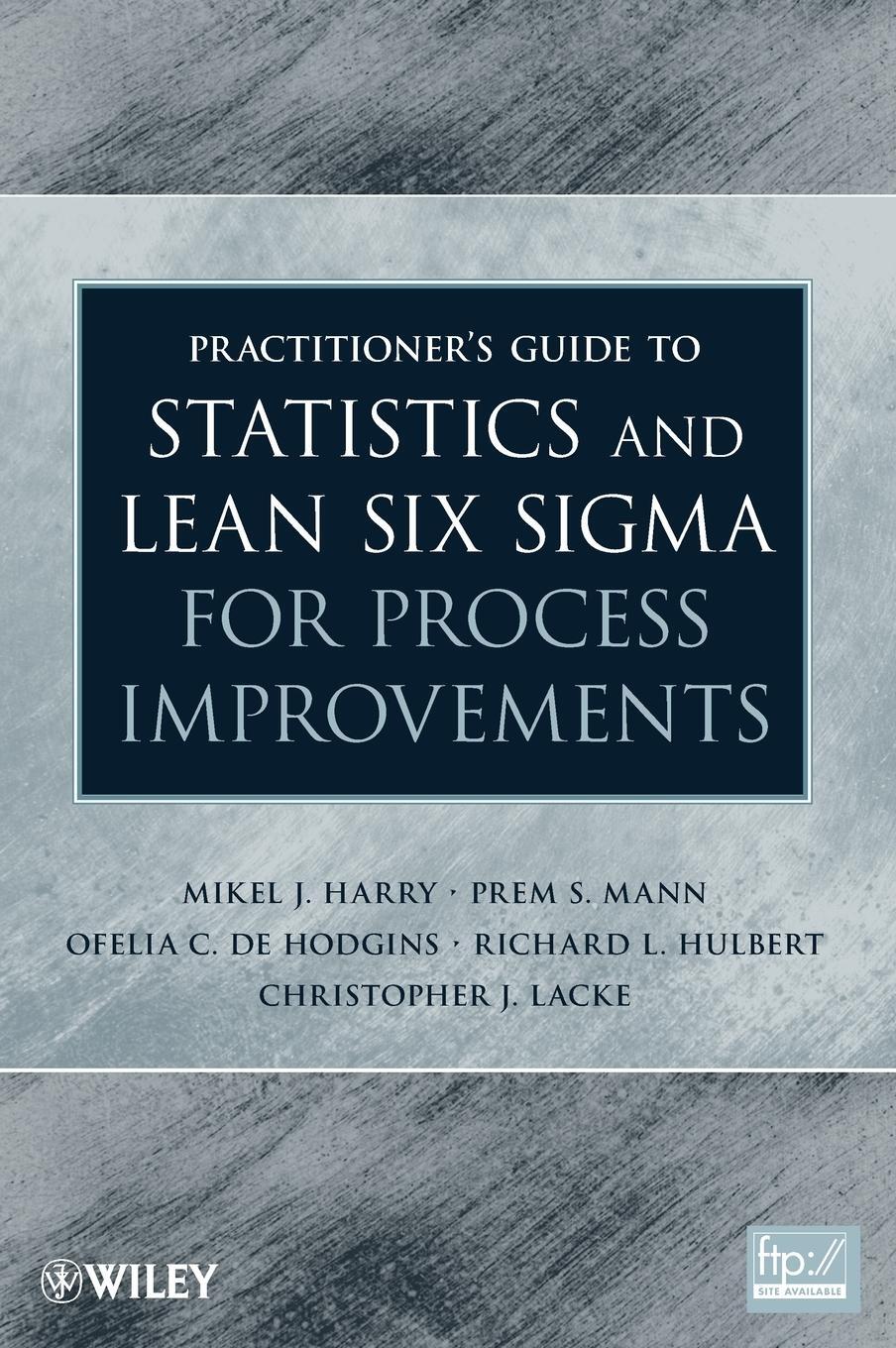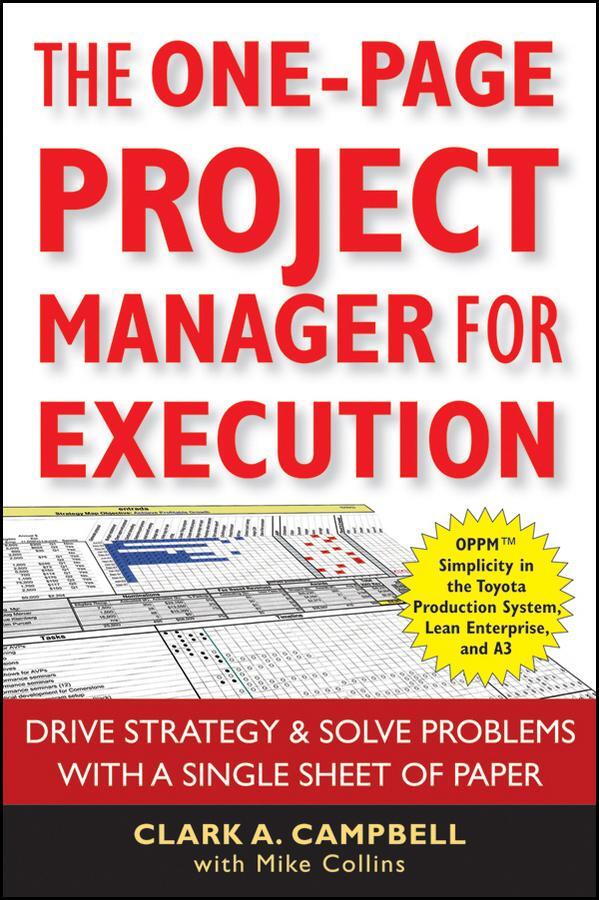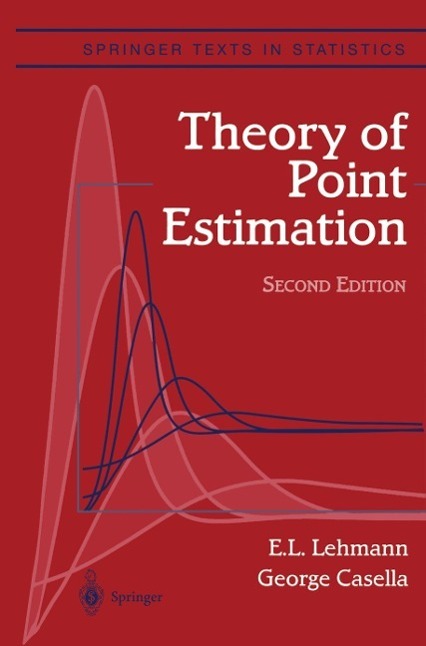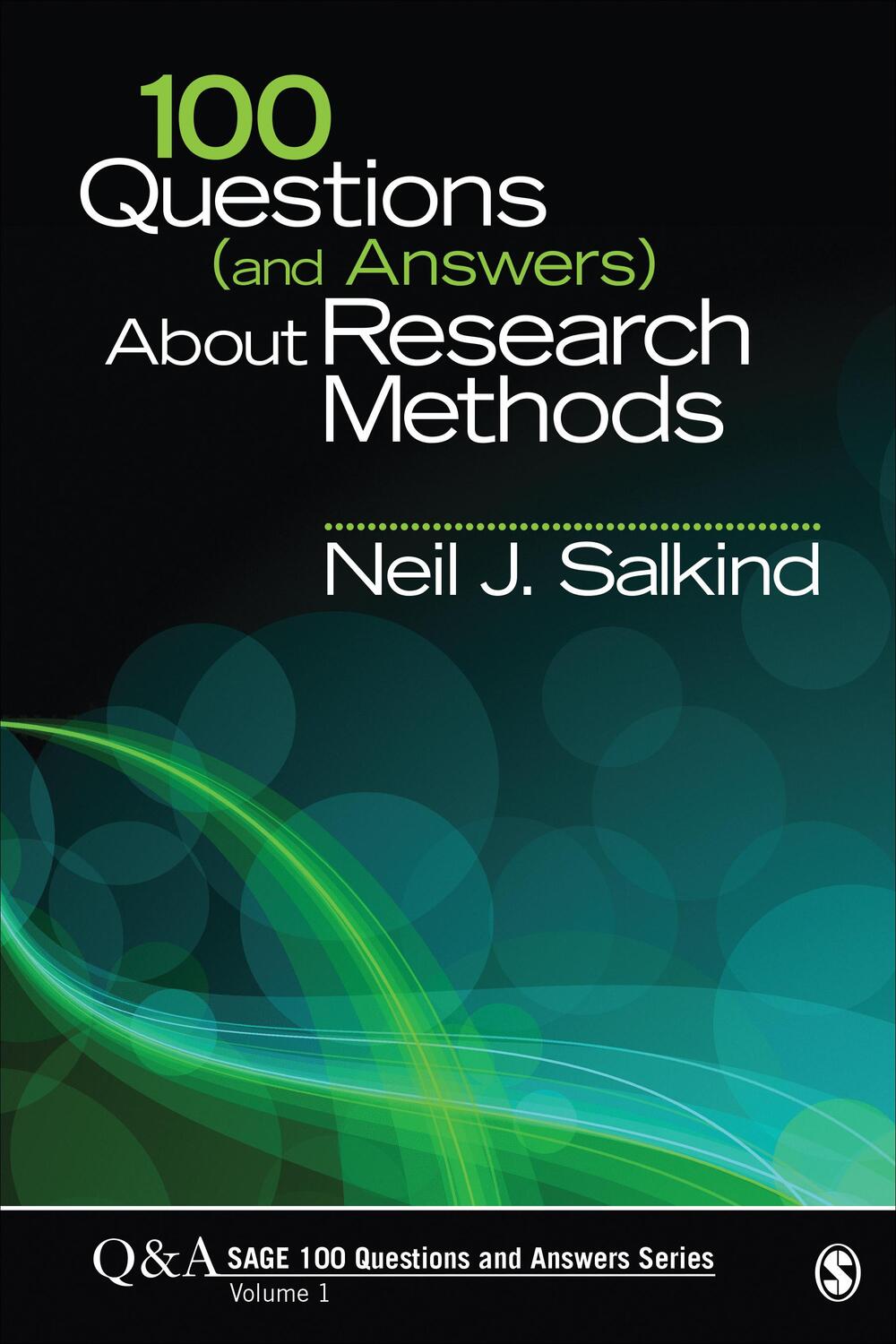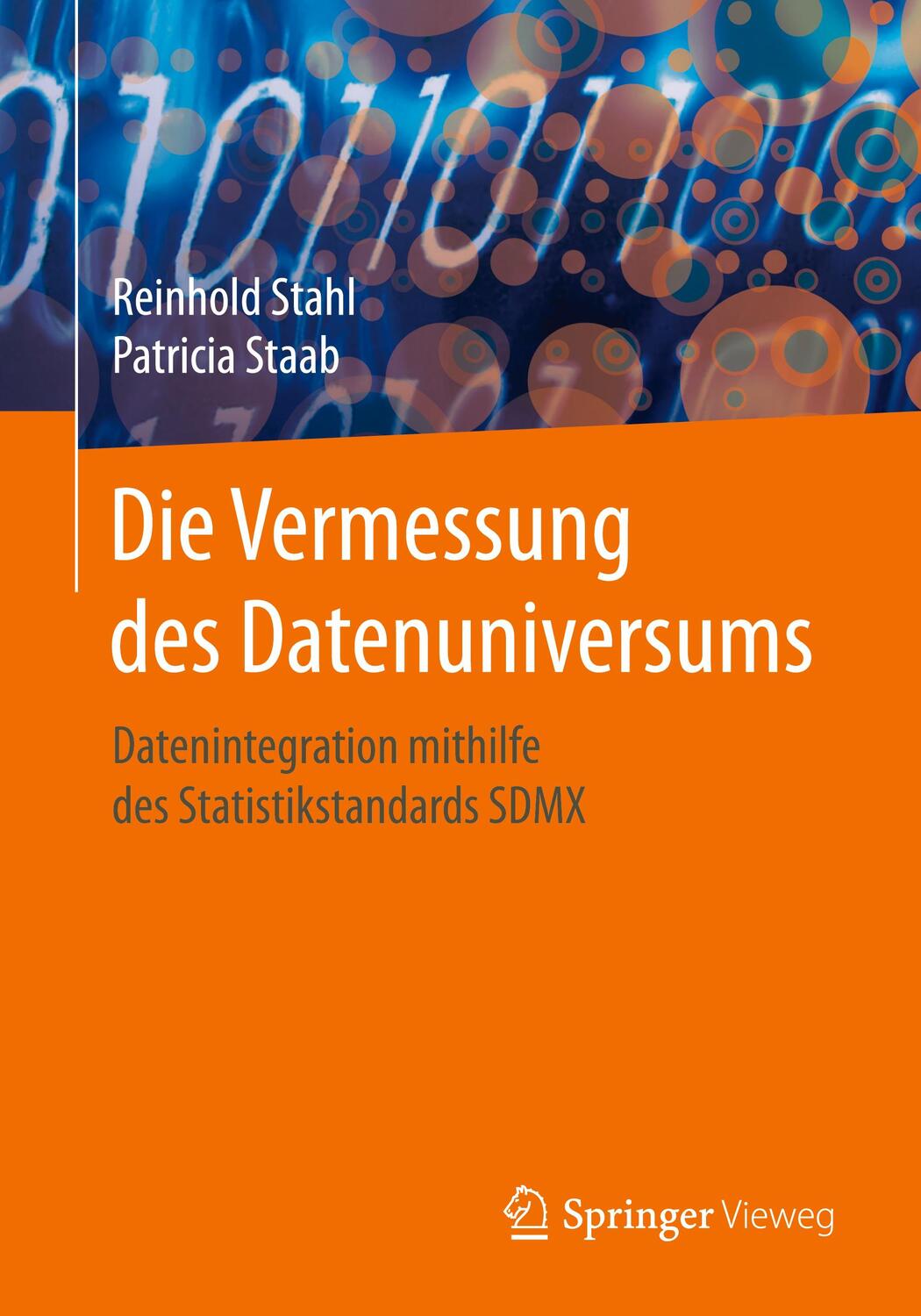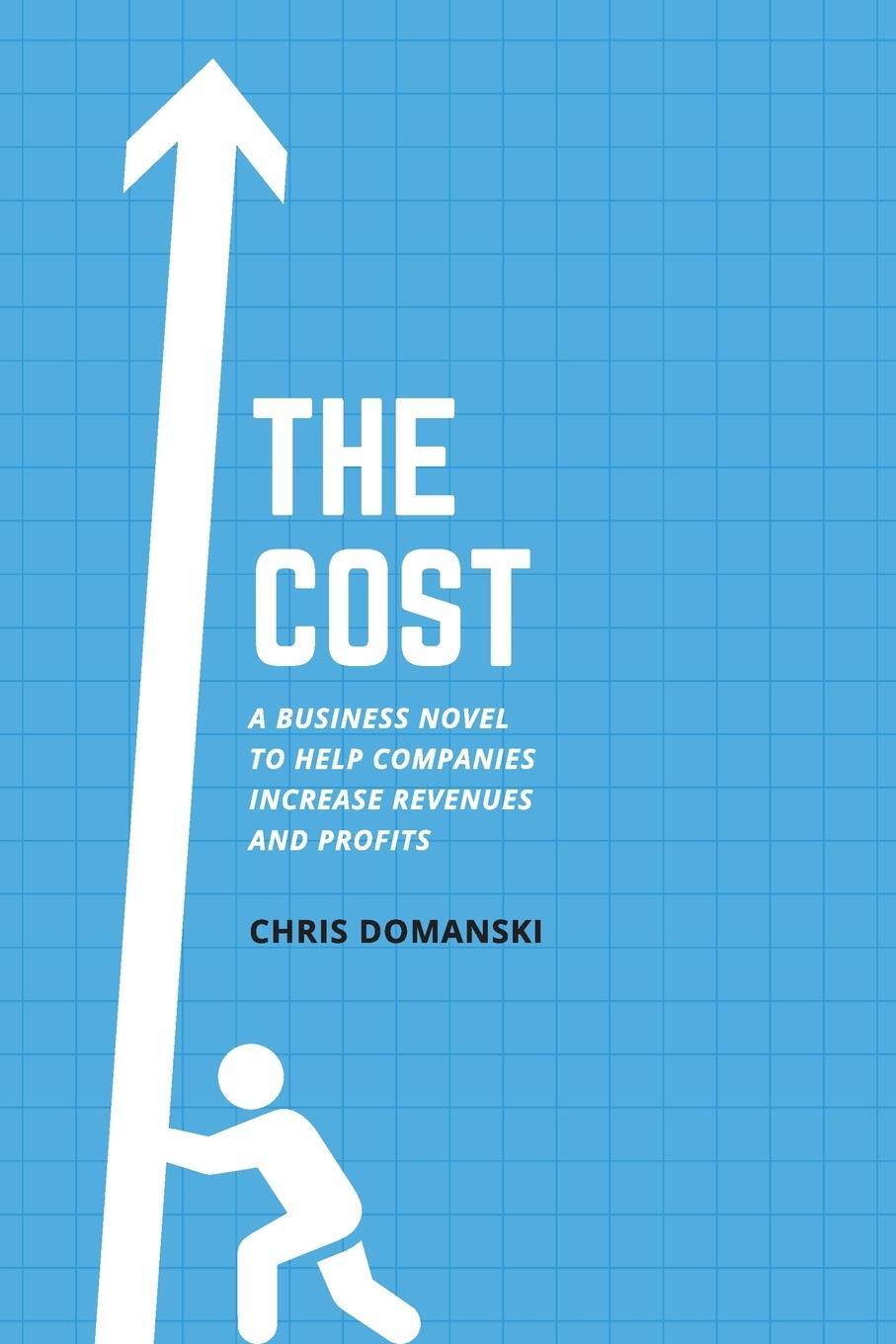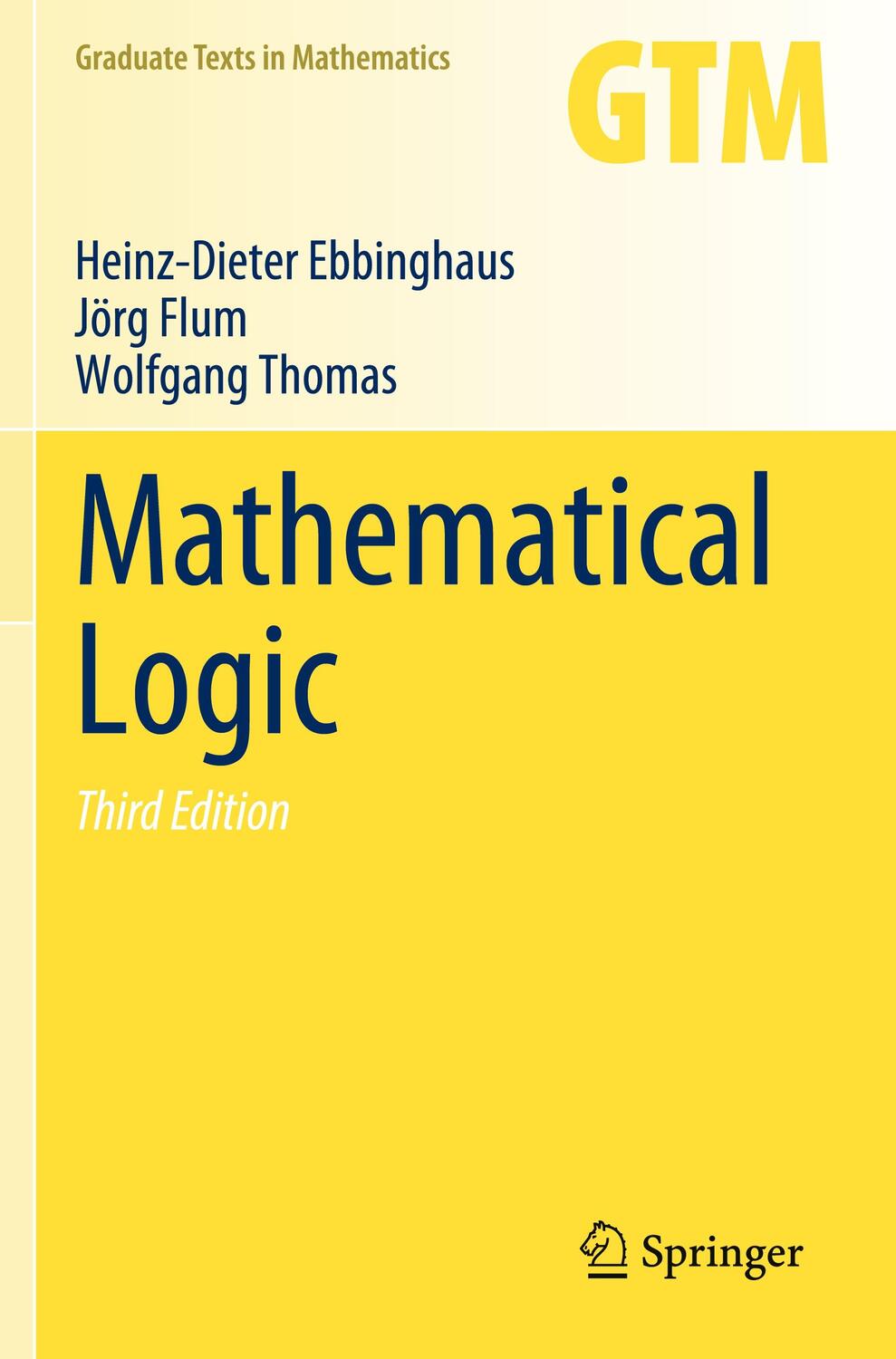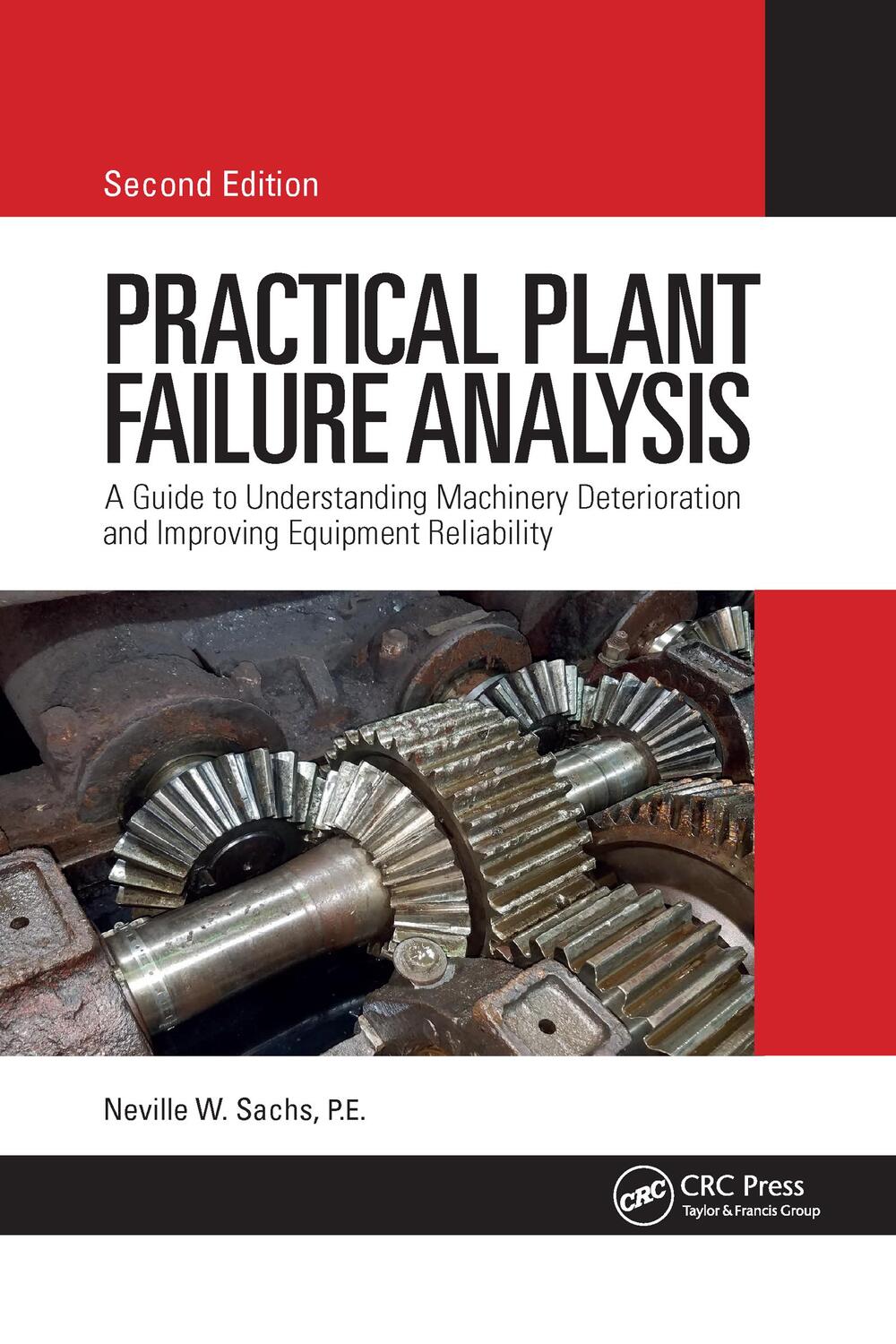195,50 €*
Versandkostenfrei per Post / DHL
Aktuell nicht verfügbar
In today's business world, Six Sigma, or Lean Six Sigma, is a crucial tool utilized by companies to improve customer satisfaction, increase profitability, and enhance productivity. Practitioner's Guide to Statistics and Lean Six Sigma for Process Improvements provides a balanced approach to quantitative and qualitative statistics using Six Sigma and Lean Six Sigma methodologies.
Emphasizing applications and the implementation of data analyses as they relate to this strategy for business management, this book introduces readers to the concepts and techniques for solving problems and improving managerial processes using Six Sigma and Lean Six Sigma. Written by knowledgeable professionals working in the field today, the book offers thorough coverage of the statistical topics related to effective Six Sigma and Lean Six Sigma practices, including:
* Discrete random variables and continuous random variables
* Sampling distributions
* Estimation and hypothesis tests
* Chi-square tests
* Analysis of variance
* Linear and multiple regression
* Measurement analysis
* Survey methods and sampling techniques
The authors provide numerous opportunities for readers to test their understanding of the presented material, as the real data sets, which are incorporated into the treatment of each topic, can be easily worked with using Microsoft Office Excel(r), Minitab(r), MindPro(r), or Oracle's Crystal Ball(r) software packages. Examples of successful, complete Six Sigma and Lean Six Sigma projects are supplied in many chapters along with extensive exercises that range in level of complexity. The book is accompanied by an extensive FTP site that features manuals for working with the discussed software packages along with additional exercises and data sets. In addition, numerous screenshots and figures guide readers through the functional and visual methods of learning Six Sigma and Lean Six Sigma.
Practitioner's Guide to Statistics and Lean Six Sigma for Process Improvements is an excellent book for courses on Six Sigma and statistical quality control at the upper-undergraduate and graduate levels. It is also a valuable reference for professionals in the fields of engineering, business, physics, management, and finance.
In today's business world, Six Sigma, or Lean Six Sigma, is a crucial tool utilized by companies to improve customer satisfaction, increase profitability, and enhance productivity. Practitioner's Guide to Statistics and Lean Six Sigma for Process Improvements provides a balanced approach to quantitative and qualitative statistics using Six Sigma and Lean Six Sigma methodologies.
Emphasizing applications and the implementation of data analyses as they relate to this strategy for business management, this book introduces readers to the concepts and techniques for solving problems and improving managerial processes using Six Sigma and Lean Six Sigma. Written by knowledgeable professionals working in the field today, the book offers thorough coverage of the statistical topics related to effective Six Sigma and Lean Six Sigma practices, including:
* Discrete random variables and continuous random variables
* Sampling distributions
* Estimation and hypothesis tests
* Chi-square tests
* Analysis of variance
* Linear and multiple regression
* Measurement analysis
* Survey methods and sampling techniques
The authors provide numerous opportunities for readers to test their understanding of the presented material, as the real data sets, which are incorporated into the treatment of each topic, can be easily worked with using Microsoft Office Excel(r), Minitab(r), MindPro(r), or Oracle's Crystal Ball(r) software packages. Examples of successful, complete Six Sigma and Lean Six Sigma projects are supplied in many chapters along with extensive exercises that range in level of complexity. The book is accompanied by an extensive FTP site that features manuals for working with the discussed software packages along with additional exercises and data sets. In addition, numerous screenshots and figures guide readers through the functional and visual methods of learning Six Sigma and Lean Six Sigma.
Practitioner's Guide to Statistics and Lean Six Sigma for Process Improvements is an excellent book for courses on Six Sigma and statistical quality control at the upper-undergraduate and graduate levels. It is also a valuable reference for professionals in the fields of engineering, business, physics, management, and finance.
Prem S. Mann, PhD, is Professor and Chair of the Department of Economics at Eastern Connecticut State University. Dr. Mann has published numerous articles in the areas of labor economics, microeconomics, and statistics. He is the author of Introductory Statistics, Seventh Edition (Wiley).
Ofelia C. De Hodgins, MS, is a Six Sigma Global Master Black Belt. She has over twenty-five years of consulting experience in manufacturing and finance and has published more than thirty journal articles in the areas of physics, industrial engineering, statistics, and Statistical Process Control (SPC).
Richard L. Hulbert, MBA, is Vice President of Systems and Technology for the Bank of New York Mellon. He has more than thirty-five years of industry experience in the areas of network engineering, installation, implementation, network operations of technology infrastructure, distributed systems, market data, and government telecommunications.
Christopher J. Lacke, PhD, is Associate Professor of Mathematics at Rowan University. He has published numerous journal articles in his areas of research interest, which include decision analysis, Bayesian analysis, and operations research.
References.
Glossary.
Chapter 2 Six Sigma Installation.
References.
Glossary.
Chapter 3 Lean Six Sigma Projects.
References.
Glossary.
Chapter 4 Lean Practices.
References .
Glossary.
Chapter 5 Value Stream Mapping.
References.
Glossary.
Chapter 6 Introductory Statistics and Data.
References.
Glossary.
Chapter 7 Quality Tools.
Reference.
Glossary.
Chapter 8 Making Sense of Data in Six Sigma and Lean.
Glossary.
Chapter 9 Fundamentals of Capability and Rolled Throughput Yield.
Glossary.
References.
Chapter 10 Probability.
Glossary.
Chapter 11 Discrete Random Variables and Their Probability Distributions.
Glossary.
Chapter 12 Continuous Random Variables and Their Distributions.
Glossary.
Chapter 13 Sampling Distributions.
Glossary.
Chapter 14 Single Population Estimation.
Glossary.
Chapter 15 Control Methods.
Glossary.
References.
Chapter 16 Single Population Hypothesis Tests.
Glossary.
Chapter 17 Estimation and Hypothesis Tests: Two Populations.
Independent Samples.
Glossary.
Chapter 18 Chi-Square Tests.
Glossary.
Chapter 19 Analysis of Variance.
Glossary.
Chapter 20 Linear and Multiple Regression.
Glossary.
Chapter 21 Measurement Analysis.
References.
Glossary.
Chapter 22 Fundamentals of Design of Experiments.
References.
Glossary.
Chapter 23 Design for Six Sigma [DFSS], Simulation, and Optimization.
References.
Glossary.
Chapter 24 Survey Methods and Sampling Techniques.
References.
Glossary.
Appendix A: Statistical Tables.
Table I: Table of Binomial Probabilities.
Table II: Standard Normal Distribution Table.
Table III: The t Distribution Table.
Table IV: Chi-Square Distribution Table.
Table V: The F Distribution Table.
Table VI: Critical Values for the Mann-Whitney Test.
Table VII: Critical Values for the Wilcoxon Signed-Rank Test.
Table VIII: Sigma Conversion Table.
Appendix B: Answers to Selected Odd-Numbered Exercises.
Index.
| Erscheinungsjahr: | 2010 |
|---|---|
| Fachbereich: | Allgemeines |
| Genre: | Mathematik |
| Rubrik: | Naturwissenschaften & Technik |
| Medium: | Buch |
| Seiten: | 832 |
| Inhalt: | 832 S. |
| ISBN-13: | 9780470114940 |
| ISBN-10: | 0470114940 |
| Sprache: | Englisch |
| Einband: | Gebunden |
| Autor: |
Harry, Mikel J
Mann, Prem S de Hodgins, Ofelia C Hulbert, Richard L Lacke, Christopher J |
| Hersteller: |
Wiley
John Wiley & Sons |
| Maße: | 260 x 183 x 48 mm |
| Von/Mit: | Mikel J Harry (u. a.) |
| Erscheinungsdatum: | 19.01.2010 |
| Gewicht: | 1,724 kg |
Prem S. Mann, PhD, is Professor and Chair of the Department of Economics at Eastern Connecticut State University. Dr. Mann has published numerous articles in the areas of labor economics, microeconomics, and statistics. He is the author of Introductory Statistics, Seventh Edition (Wiley).
Ofelia C. De Hodgins, MS, is a Six Sigma Global Master Black Belt. She has over twenty-five years of consulting experience in manufacturing and finance and has published more than thirty journal articles in the areas of physics, industrial engineering, statistics, and Statistical Process Control (SPC).
Richard L. Hulbert, MBA, is Vice President of Systems and Technology for the Bank of New York Mellon. He has more than thirty-five years of industry experience in the areas of network engineering, installation, implementation, network operations of technology infrastructure, distributed systems, market data, and government telecommunications.
Christopher J. Lacke, PhD, is Associate Professor of Mathematics at Rowan University. He has published numerous journal articles in his areas of research interest, which include decision analysis, Bayesian analysis, and operations research.
References.
Glossary.
Chapter 2 Six Sigma Installation.
References.
Glossary.
Chapter 3 Lean Six Sigma Projects.
References.
Glossary.
Chapter 4 Lean Practices.
References .
Glossary.
Chapter 5 Value Stream Mapping.
References.
Glossary.
Chapter 6 Introductory Statistics and Data.
References.
Glossary.
Chapter 7 Quality Tools.
Reference.
Glossary.
Chapter 8 Making Sense of Data in Six Sigma and Lean.
Glossary.
Chapter 9 Fundamentals of Capability and Rolled Throughput Yield.
Glossary.
References.
Chapter 10 Probability.
Glossary.
Chapter 11 Discrete Random Variables and Their Probability Distributions.
Glossary.
Chapter 12 Continuous Random Variables and Their Distributions.
Glossary.
Chapter 13 Sampling Distributions.
Glossary.
Chapter 14 Single Population Estimation.
Glossary.
Chapter 15 Control Methods.
Glossary.
References.
Chapter 16 Single Population Hypothesis Tests.
Glossary.
Chapter 17 Estimation and Hypothesis Tests: Two Populations.
Independent Samples.
Glossary.
Chapter 18 Chi-Square Tests.
Glossary.
Chapter 19 Analysis of Variance.
Glossary.
Chapter 20 Linear and Multiple Regression.
Glossary.
Chapter 21 Measurement Analysis.
References.
Glossary.
Chapter 22 Fundamentals of Design of Experiments.
References.
Glossary.
Chapter 23 Design for Six Sigma [DFSS], Simulation, and Optimization.
References.
Glossary.
Chapter 24 Survey Methods and Sampling Techniques.
References.
Glossary.
Appendix A: Statistical Tables.
Table I: Table of Binomial Probabilities.
Table II: Standard Normal Distribution Table.
Table III: The t Distribution Table.
Table IV: Chi-Square Distribution Table.
Table V: The F Distribution Table.
Table VI: Critical Values for the Mann-Whitney Test.
Table VII: Critical Values for the Wilcoxon Signed-Rank Test.
Table VIII: Sigma Conversion Table.
Appendix B: Answers to Selected Odd-Numbered Exercises.
Index.
| Erscheinungsjahr: | 2010 |
|---|---|
| Fachbereich: | Allgemeines |
| Genre: | Mathematik |
| Rubrik: | Naturwissenschaften & Technik |
| Medium: | Buch |
| Seiten: | 832 |
| Inhalt: | 832 S. |
| ISBN-13: | 9780470114940 |
| ISBN-10: | 0470114940 |
| Sprache: | Englisch |
| Einband: | Gebunden |
| Autor: |
Harry, Mikel J
Mann, Prem S de Hodgins, Ofelia C Hulbert, Richard L Lacke, Christopher J |
| Hersteller: |
Wiley
John Wiley & Sons |
| Maße: | 260 x 183 x 48 mm |
| Von/Mit: | Mikel J Harry (u. a.) |
| Erscheinungsdatum: | 19.01.2010 |
| Gewicht: | 1,724 kg |

